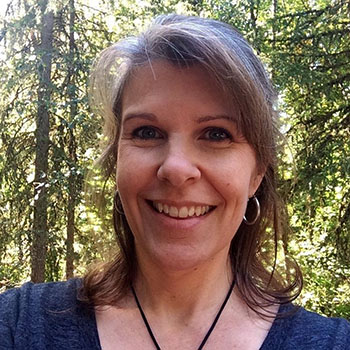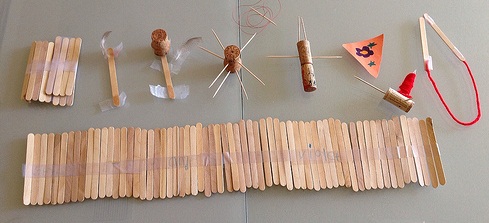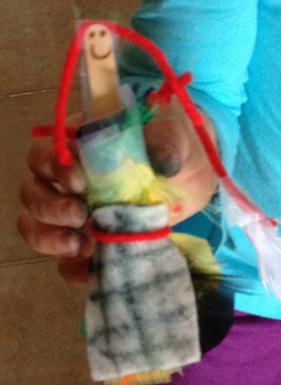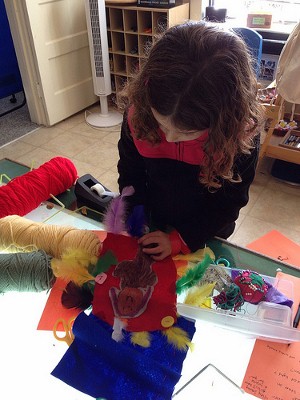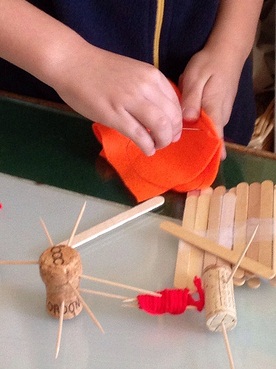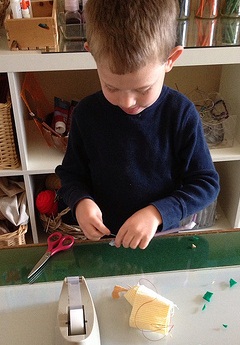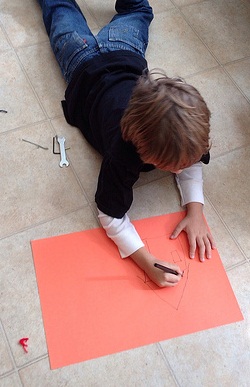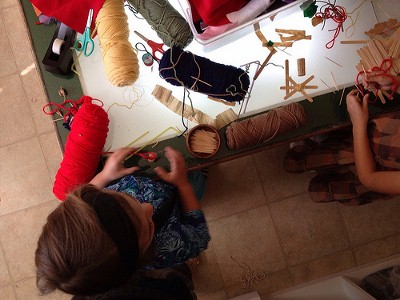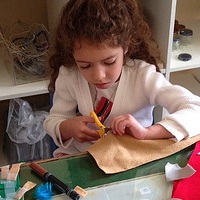New alternative education mobile app beta testing in Austin
/We’re excited to help spread the word about a unique opportunity for Austin families to help beta test Journey of Heroes, a wonderful new app for learners of all ages. Founder Tory Gattis and the Journey of Heroes team join us on the blog to explain what it’s all about, how it works, and how you and your family can get started using it and sharing your feedback to help make JoH an even more useful resource.
A new mobile app to help families discover and co-create learning adventures for kids is launching with Austin as its very first beta test city, and we’d love to get your input on how we can make the app better fit your family’s needs. The app is called “Journey of Heroes,” based on Joseph Campbell’s classic “Hero’s Journey”. We believe that students should see themselves as the protagonists of their own life stories (see graphic), especially when it comes to their lifelong education. The app is designed as a platform to help learners discover their passions and develop their own unique talents while acquiring knowledge and valuable skills, especially 21st-century skills like collaborative problem solving, creative design thinking, and entrepreneurship. And we want to enable this in a fun environment with learning adventures instead of classes, heroes instead of students, and guides instead of teachers.
The app was inspired by Tinder and Bumble, except that instead of swiping through potential dating matches, we wanted parents to be able to swipe through potential learning experiences for their children whenever they have a few minutes of downtime with their phone. We also wanted to make it as easy as possible for families to connect with other families seeking similar learning experiences for their children.
As you can see in this screenshot, the app functions as a deck of cards, allowing parents to swipe through different existing adventures or potential ideas for new ones, looking for co-creators. Using the app, you can scroll through or search for different learning adventures available in your area, save and show interest in attending your favorites (which will give you notifications about them), post ideas for learning adventures you’d like to co-create with other families, or even offer your own learning adventures for other families to join.
The app was inspired by Workspace Education in Connecticut, where a colearning community of nearly a hundred families co-create learning adventures for their children in an amazing 32k sq.ft. building that includes makerspaces, science labs, classrooms, performance spaces, and just about every other kind of learning space you can imagine in an environment that feels like a high-tech company campus. (Learn more about colearning communities at www.IACLC.org.)
The app should be available on both the Apple and Google Android app stores by the time you read this or possibly in the very near future depending on their approvals. If you don’t see it there yet, please don’t give up—check back often!
We’re really looking forward to collaborating closely with Austin’s alternative education community to shape the app before we release it to the world. This is your chance to affect the very earliest stages of what we hope will be a transformative platform in education. Please don’t hesitate to reach out to us with questions, feedback, or thoughts on new features; we’d love to hear from you at support@JourneyOfHeroes.app. Also, if you know a good source of Austin learning adventures that should be in our app, please let us know!
Sincerest thanks for your time, consideration, and support,
Tory, Cade, Eloragh, and the rest of the Journey of Heroes app team






